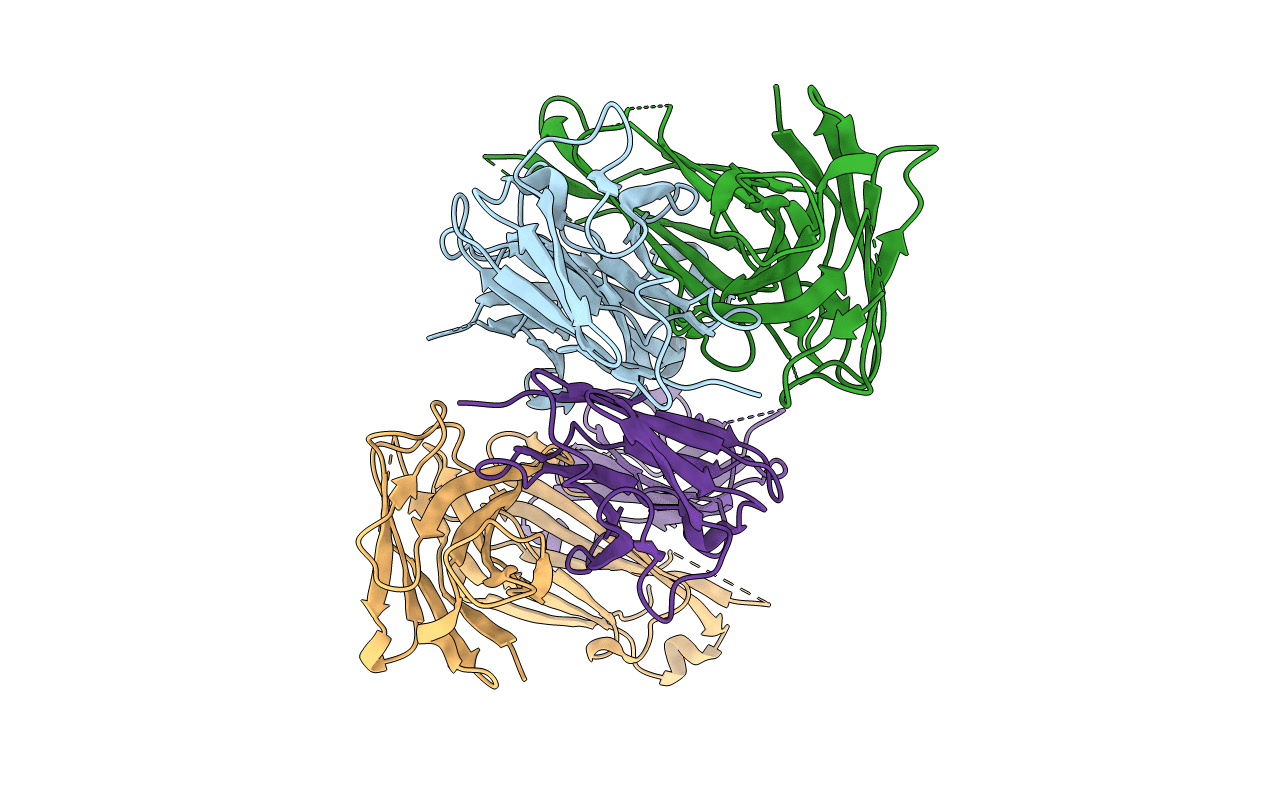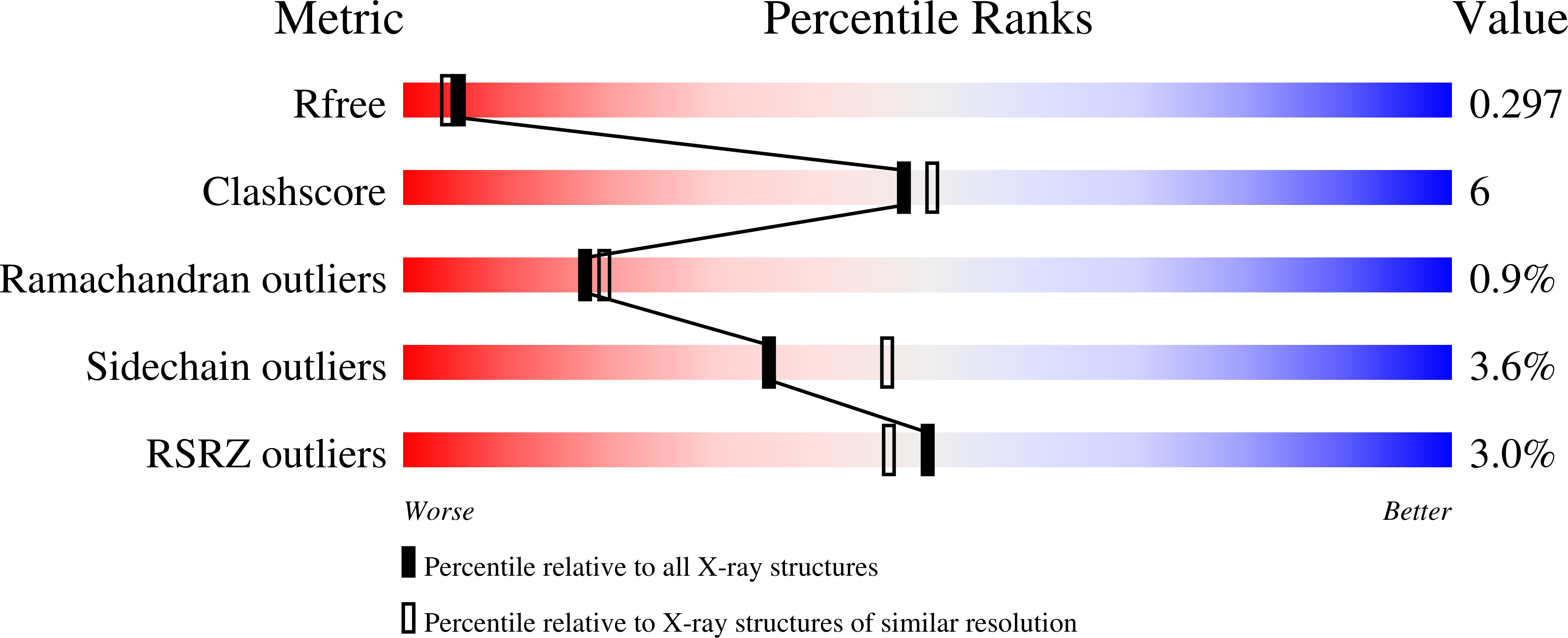
Deposition Date
2022-01-04
Release Date
2022-03-02
Last Version Date
2024-10-30
Method Details:
Experimental Method:
Resolution:
2.46 Å
R-Value Free:
0.29
R-Value Work:
0.26
R-Value Observed:
0.26
Space Group:
P 21 21 21


